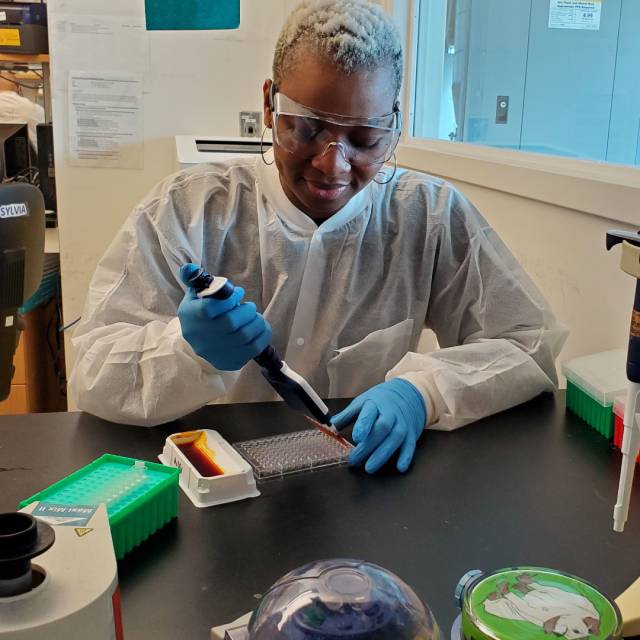You are here
World Neglected Tropical Disease Day
Neglected tropical diseases (NTDs) impose a devastating human, social and economic burden on more than 1 billion people worldwide and take an enormous toll on the world’s most vulnerable and marginalized populations. On World Neglected Tropical Disease Day, we’re joining with our partners at the Centers for Disease Control and Prevention (CDC) to highlight the research and innovations underway to control and eliminate these insidious diseases.
The 20 diseases that make up the NTD set are predominantly found in tropical and subtropical countries in Africa, Asia and Latin America and whose single commonality is their impact on the world’s most impoverished communities. Especially common in areas without access to clean water and sanitation, NTDs can impair physical and cognitive development, limit productivity and contribute to mother and child illness and death. The World Health Organization (WHO)’s Ending the neglect to attain the Sustainable Development Goals: a road map for neglected tropical diseases 2021−2030 sets ambitious targets for the eradication of these diseases, and the CDC Foundation supports this effort by working with CDC and its partners to prevent, manage and eliminate NTDs like trachoma, onchocerciasis, lymphatic filariasis (LF), schistosomiasis and Guinea worm disease.
Accurate tests are essential for disease surveillance and diagnosis. However, many of the traditional diagnostic tests for the most prevalent NTDs are either outdated or inefficient and few tests exist for less common diseases like mycetoma.
Gaps in test availability, accessibility and accuracy limit our public health response. However, developing new diagnostic tests is no simple task, and teams of experts at every step of the process must conduct research, testing and analysis to ensure new tests are accurate and scalable.
The CDC Foundation supports biomarker discovery efforts–the critical first step in this complex process. Antibody biomarkers are molecules that indicate the presence of an infection and are a reliable method of testing for NTDs. Using a novel method called serum epitope repertoire analysis (SERA), researchers have been able to identify which antibodies are associated with a given infection. Once the antibodies are identified, the information is handed to a team tasked with creating specific tests, known as assays, to detect those antibodies.
These diseases often have little in common with each other. They have varying modes of transmission, like unclean water or animal bites. Some are parasitic, while others may be bacterial or fungal. NTDs often present with different symptoms and require completely different treatments, and some present with no symptoms at all and thereby become difficult to identify. Experts must focus on each NTD separately and develop each assay independently to create accurate, disease-specific tests.
“We are a team that is actively working to certify regions free of NTDs by developing one diagnostic assay at a time,” said Sylvia Ossai, research scientist and field employee at the CDC Foundation who works with the Parasitic Diseases Elimination and Control Lab Team within CDC’s Division of Parasitic Diseases and Malaria (DPDM).
The global health community has renewed its commitment to lessening the burden of NTDs on vulnerable populations all over the world, and the CDC Foundation and our partners are working tirelessly towards easing global suffering and eliminating these destructive diseases.
Photo credit: Sukwan Handali/CDC

